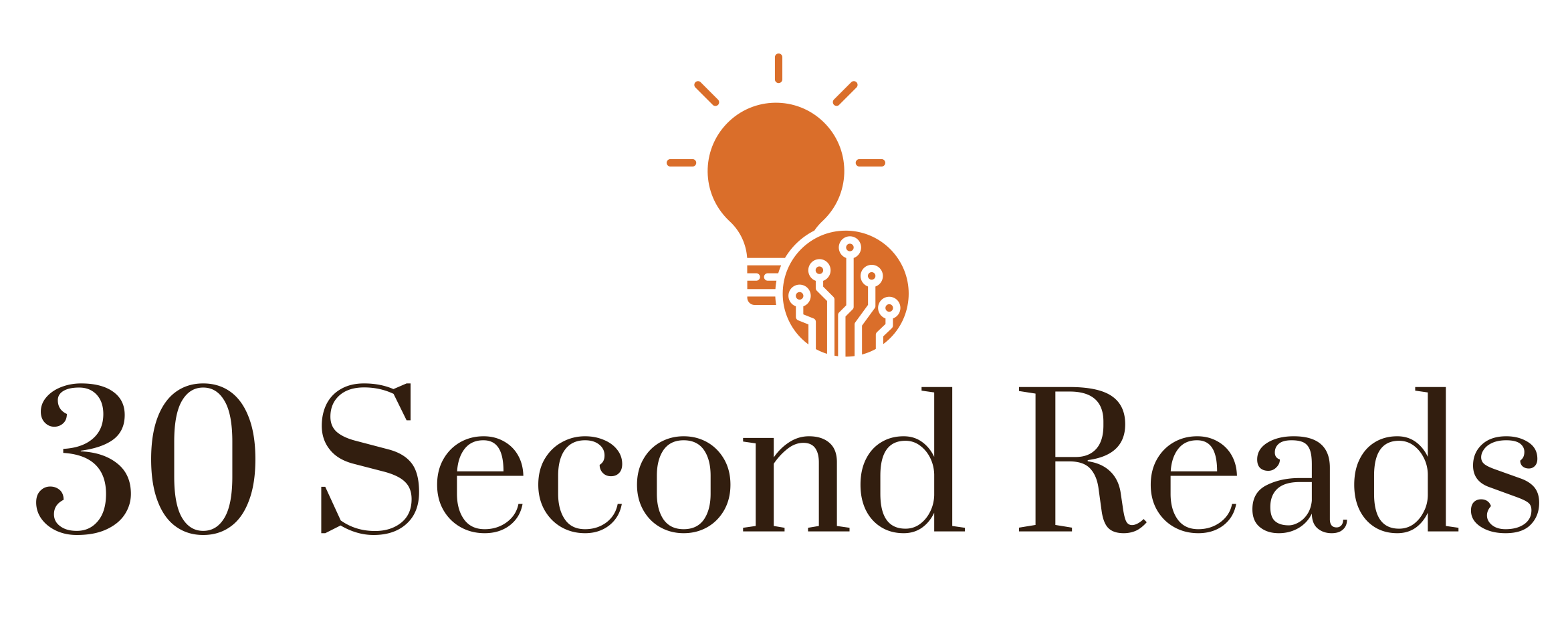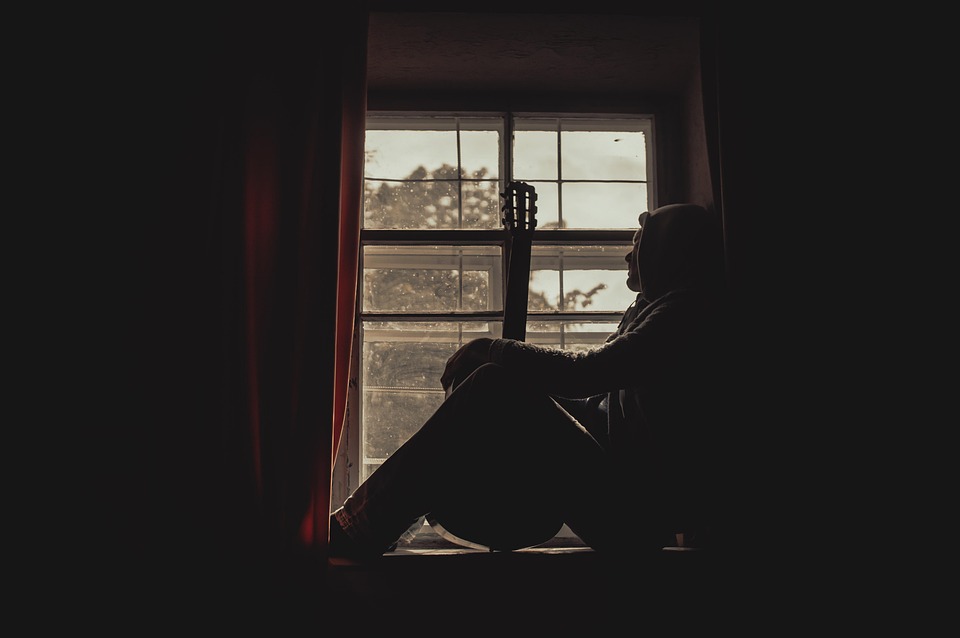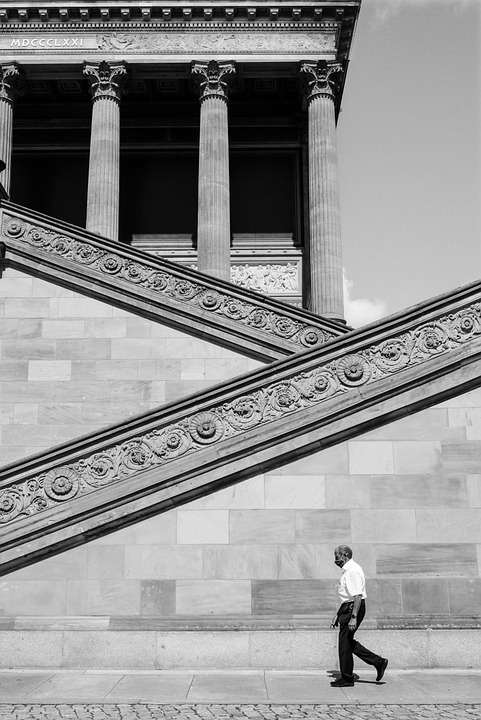Introduction
Artificial Intelligence has made significant advancements in recent years, with one of the most exciting developments being the creation of DALL·E by OpenAI. DALL·E is a neural network that can generate images from textual descriptions, breaking barriers in the world of AI-generated art. This technology opens up new possibilities for artists, designers, and creators to explore and push the boundaries of creativity.
How DALL·E Works
DALL·E uses a variant of the GPT-3 language model to understand and interpret textual descriptions. It then generates images based on these descriptions, combining elements in ways that are visually appealing and surprising. The results can range from realistic to surreal, showcasing the versatility and creativity of the AI system.
Some key features of DALL·E include:
- Ability to generate images from textual prompts
- Understanding of complex descriptions and concepts
- Versatility in creating a wide range of visuals
The Impact of DALL·E on the Art World
DALL·E has the potential to revolutionize the art world by democratizing the creation process and expanding the possibilities for artists. It allows for experimentation and exploration of new styles and techniques, pushing the boundaries of traditional art forms.
Real-world examples of DALL·E-generated art include:
- Abstract compositions inspired by nature
- Surreal landscapes that challenge perception
- Character designs that blend human and animal features
Conclusion
As AI technology continues to evolve, the future of AI-generated art with DALL·E looks promising. It offers endless possibilities for creativity and innovation, breaking barriers and inspiring new forms of expression. Artists and creators can leverage this technology to push the boundaries of their craft and explore new artistic horizons.






